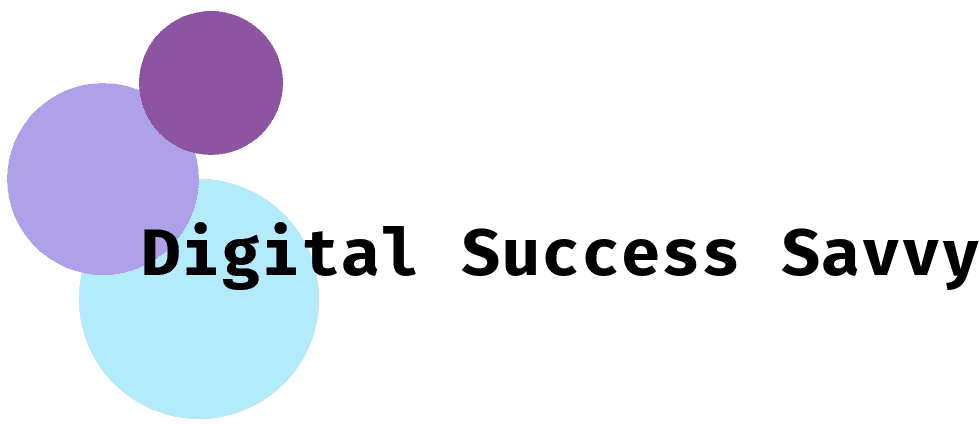
Content marketing (CM) has become an effective tool for industries seeking to engage their audience, build brand awareness, and drive conversions.
This comprehensive content marketing guide will direct you through the fundamental strategies and best practices for creating explicit content that aligns with your target audience.
What is Content Marketing (CM)?
Content marketing is a tactical method for creating valuable and relevant content to attract and retain a target audience.
The ultimate goal is to drive key customer action by providing the information that meets the needs of your audience.
Why is Content Marketing essential?
- Builds Brand Awareness: Quality content helps establish your brand as an authority in the industry, making it easier for potential customers to find and recognize you.
- Enhances Customer Engagement: Engaging content helps promote brand and audience communication, encourage interaction, and build relationships.
- Drives Organic Traffic: Search engines like Google will prioritize helpful content, which can improve your search engine rankings (SERP) and increase organic traffic to your website.
- Generates Leads: By providing helpful information, you can capture leads through gated content like eBooks or webinars, converting visitors into potential customers.
- Supports Other Marketing Strategies: Content marketing complements other marketing efforts, including social media, email marketing, and SEO, creating a cohesive strategy that drives results.
Key Components of a Content Marketing Strategy
1. Define Your Goals
Before making any content, it’s crucial to establish clear objectives. Are you looking to increase brand awareness, generate leads, or improve customer retention? Defining your goals will guide your content strategy and help you measure success.
2. Understand Your Audience
Understanding your target audience is crucial for building relevant content. Conduct market research to identify their needs, preferences, pain points, and interests. Creating buyer personas can help you visualize your audience and tailor your content accordingly.
3. Develop a Content Plan
A well-structured content plan outlines the type of content you will create, when you will publish it, and where it will be distributed.
To cater to different audience preferences, consider incorporating various formats such as blog posts, videos, infographics, podcasts, and social media updates.
4. Create High-Quality Content
Quality is paramount in content marketing. Focus on producing informative, engaging, and original content that provides value to your audience. Use storytelling techniques to make your content relatable and memorable.
5. Optimize for SEO
Optimize your content with relevant keywords related to your niche to maximize visibility in search engines.
Use keywords naturally within the text, headings, meta descriptions, and image alt tags without compromising the quality of the writing.
6. Promote Your Content
Creating great content is just the beginning; you must actively promote it to reach your audience. To share your content widely, utilize social media platforms, email newsletters, guest blogging opportunities, and online communities.
7. Measure and Analyze Performance
Tracking the Performance of your content is essential for understanding what works and what doesn’t. Use analytics tools to monitor key metrics such as traffic sources, engagement rates, conversion rates, and user behavior on your site. This data will inform future content strategies.
Conclusion
Content marketing is a crucial part of any successful digital marketing strategy. By following this comprehensive content marketing guide, you can create valuable content that attracts and retains customers.



